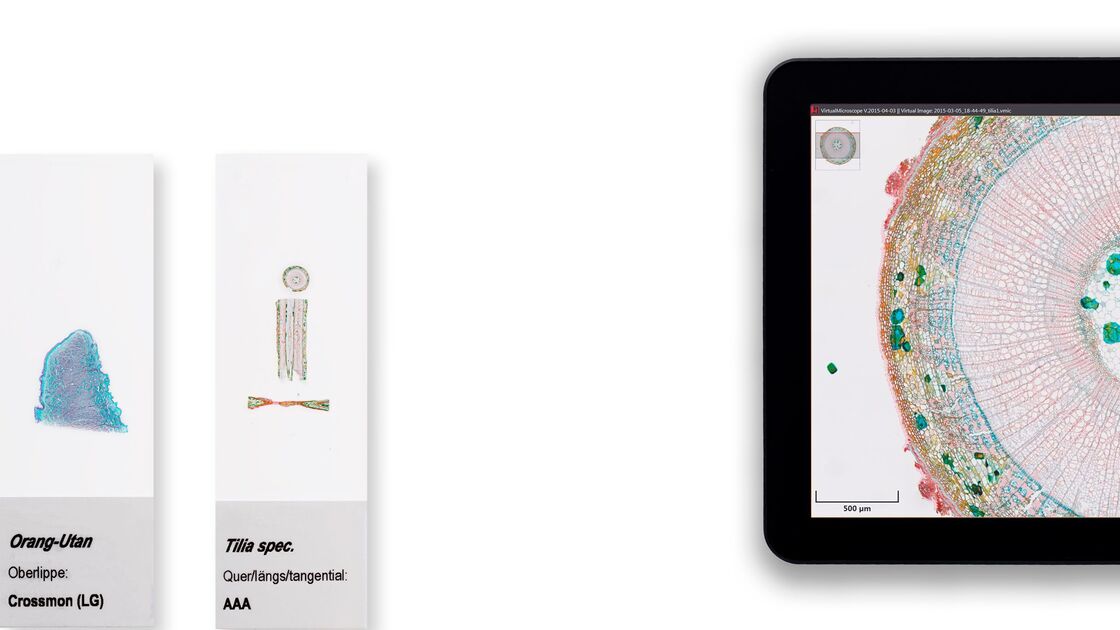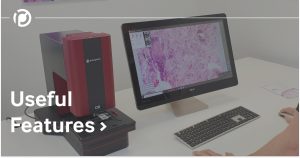Virtual samples offer versatile applications.
Microscopic specimens can be stored on the shelf, or they can be stored on servers. Like everything digital, virtual specimens are universally available. This brings with it several advantages. Virtual microscopy has therefore already proved itself as a tool for teaching. For example, various universities offer online histology courses that use virtual specimens to impressively convey the learning content. Here you can find out here what new possibilities online microscopy databases open.
How can microscopy specimens be preserved for teaching?
Conventional glass slides can break and even lose their staining quality over time. Virtual slides, on the other hand, are durable and the staining quality is of course permanently preserved. [1] The databases also allow specimen data to be backed up multiple times with copies and allow different users to easily access and search specimens on demand.
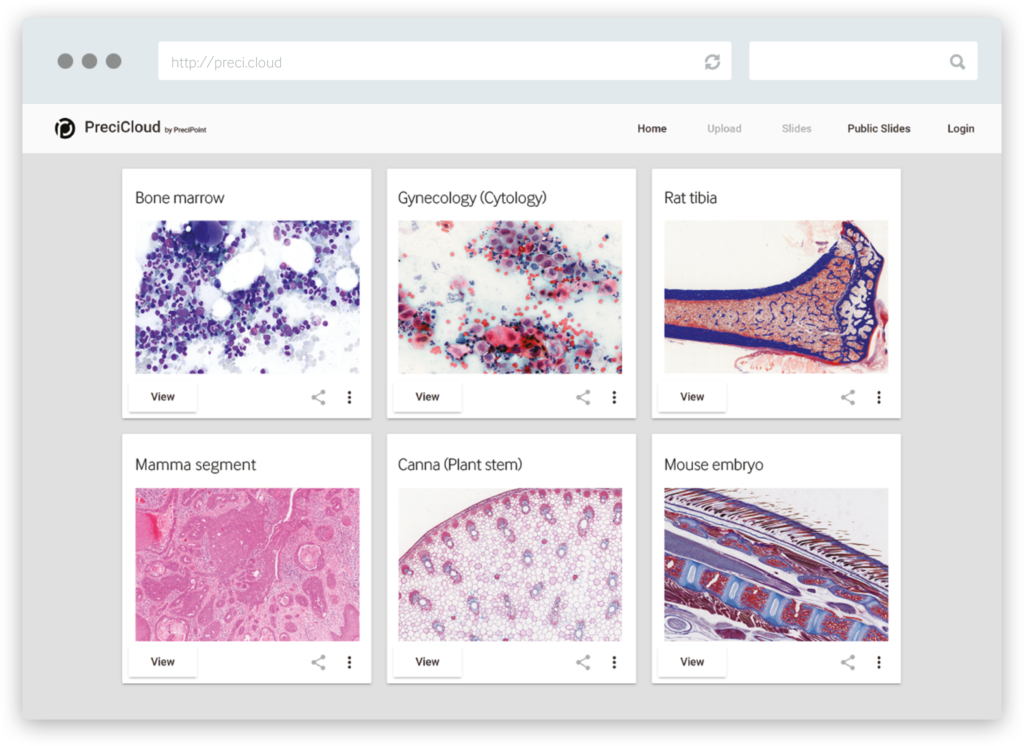
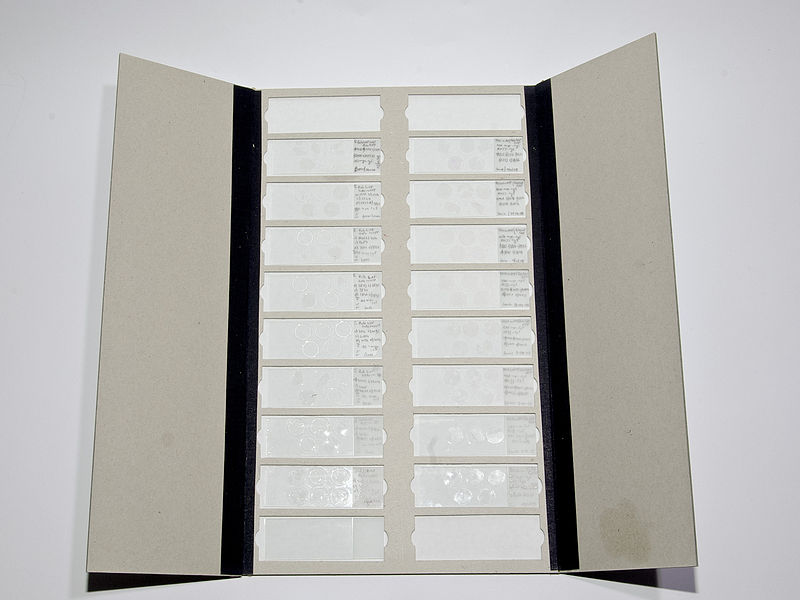
How can databases help microscopy courses be set up more easily?
Virtual Microscopy slides can be used in hands-on classes, and students can access them anytime, anywhere. This drastically reduces the need for specimens. For example, in a course, it is no longer necessary to find 100 samples that are as identical as possible for each student; instead, one digital sample can be used by everyone at the same time. Once the database is up and running, it can be used and shared repeatedly. This also has the consequence that the preparation and follow-up of courses can become easier and faster. Thus, a database of virtual slides can meet a variety of academic needs:
- Microscopy homework possible
- Lower the “supervision key” for the course
- Digital exams
- With internal databases, lecturers can access collections of specimens
- Thanks to the cloud, recordings do not have to be prepared for trainees afterwards (e.g., for protocols)
Stay Ahead with Insights from Precipoint!
Welcome to our newsletter! Be the first to know about our latest products, services, webinars, and happenings in PreciPoint. Don't miss out on this opportunity to stay informed. Subscribe to our newsletter today!
By clicking “Subscribe”, you agree to our privacy policy.
Can virtual microscopy ease learning?
Students have full access to virtual slides provided by the instructor. This also allows a virtual classroom to be set up at any time. Students using the virtual database can potentially have access to virtual slides, course information, multimedia content, pre-annotated cases, and even digital exams.
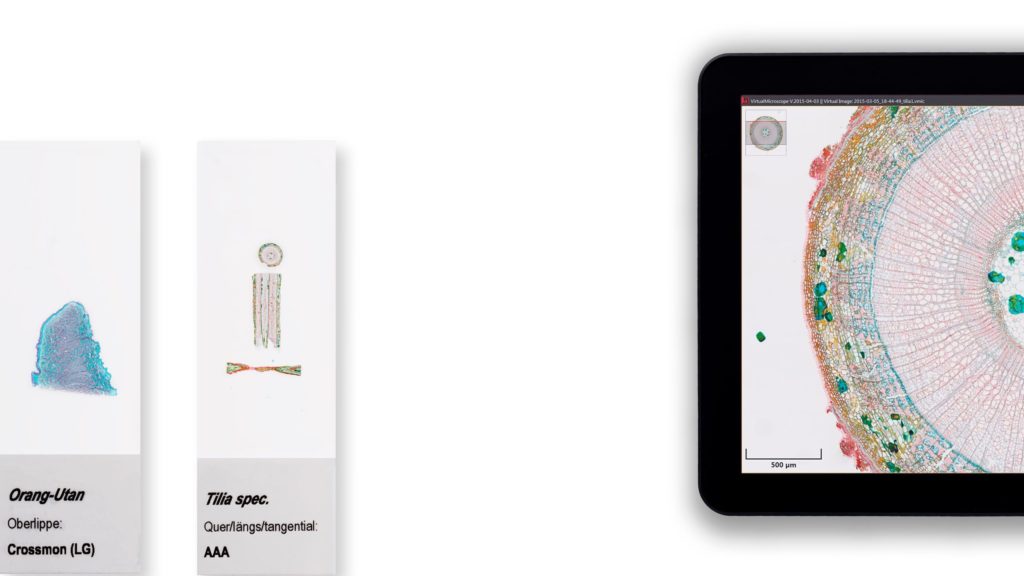
By now, we are all used to being digitally connected from anywhere. The user experience is often highly professionally designed and intuitive to understand. Virtual microscopy databases allow students to work at their own pace, even from home, and share ideas in class, providing an excellent learning environment. For educators, many new collaboration opportunities present themselves. They can share microscopy collections or work to amplify them with colleagues elsewhere and use the images from the collections directly for publications.
[1] Triola, M. M., & Holloway, W. J. (2011). Enhanced virtual microscopy for collaborative education. BMC Medical Education, 11(1). doi: 10.1186/1472-6920-11-4

